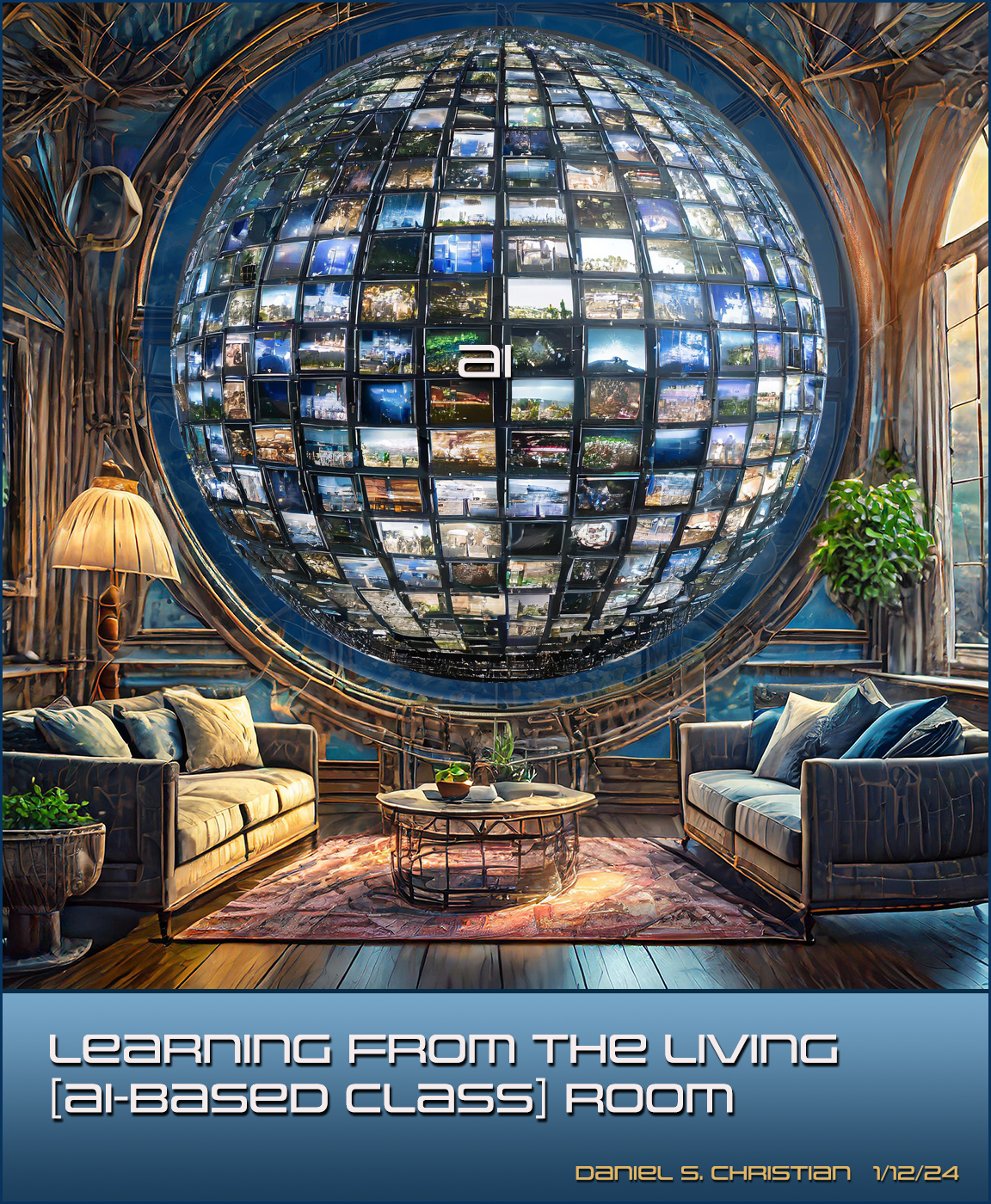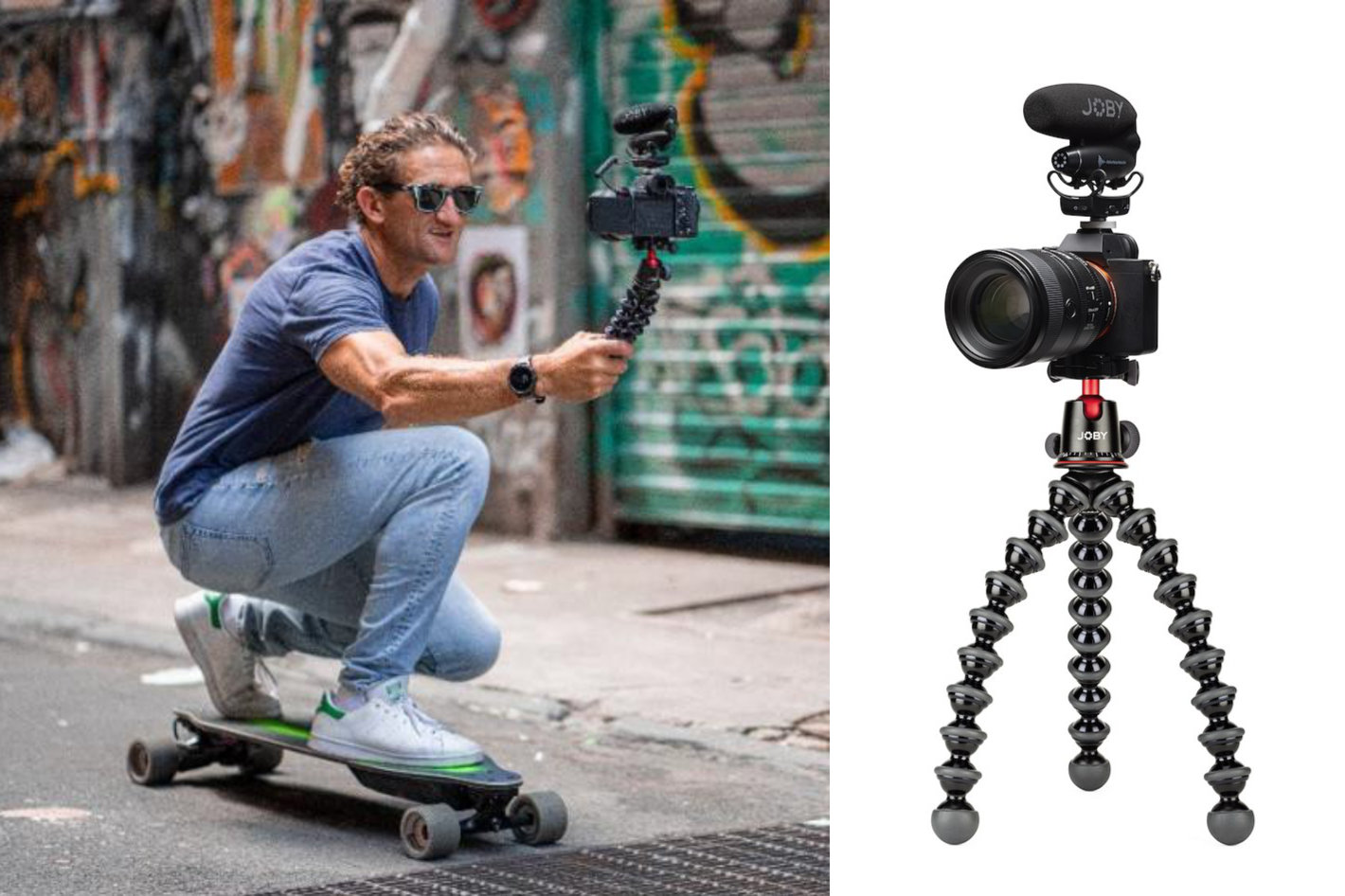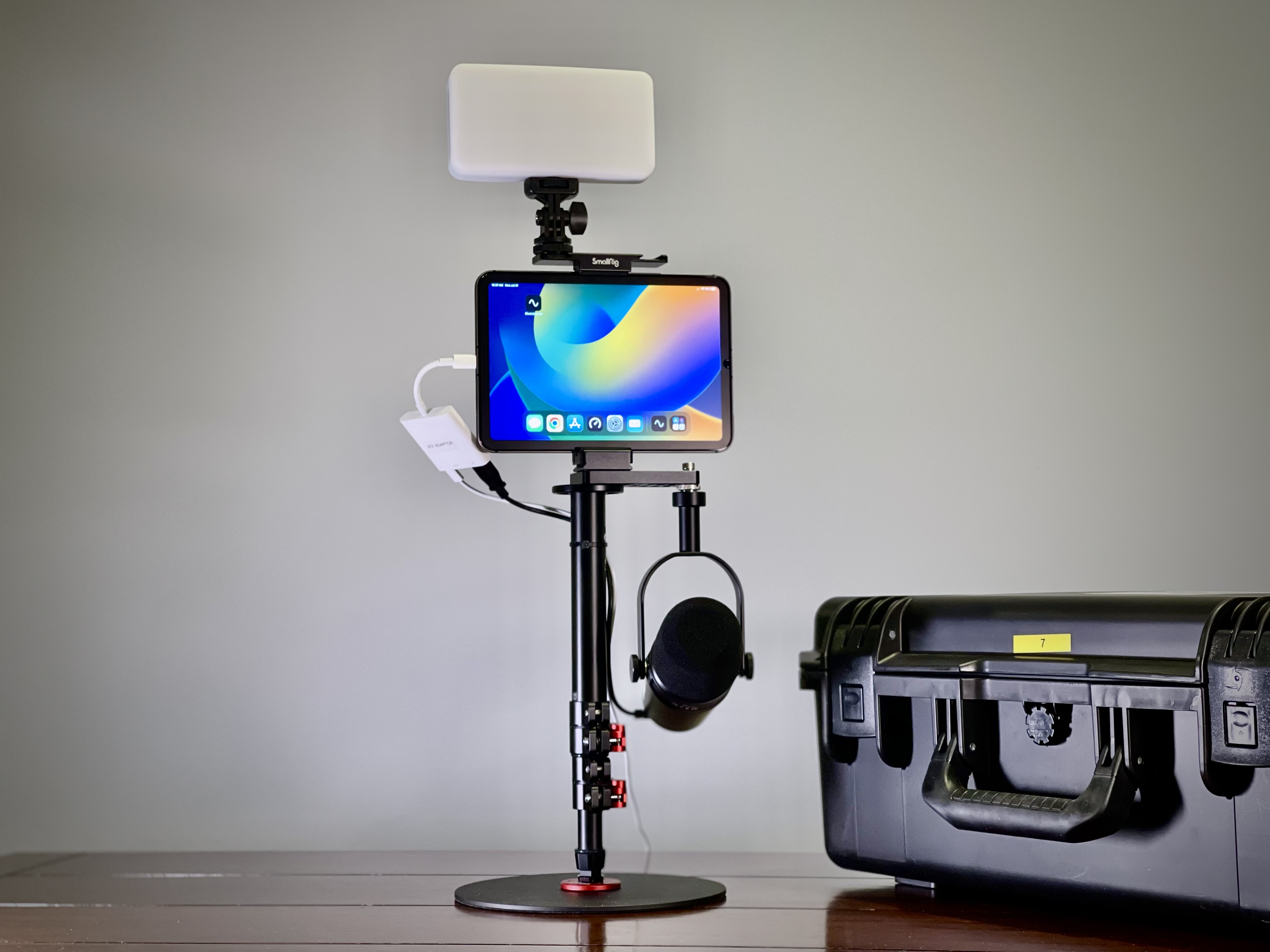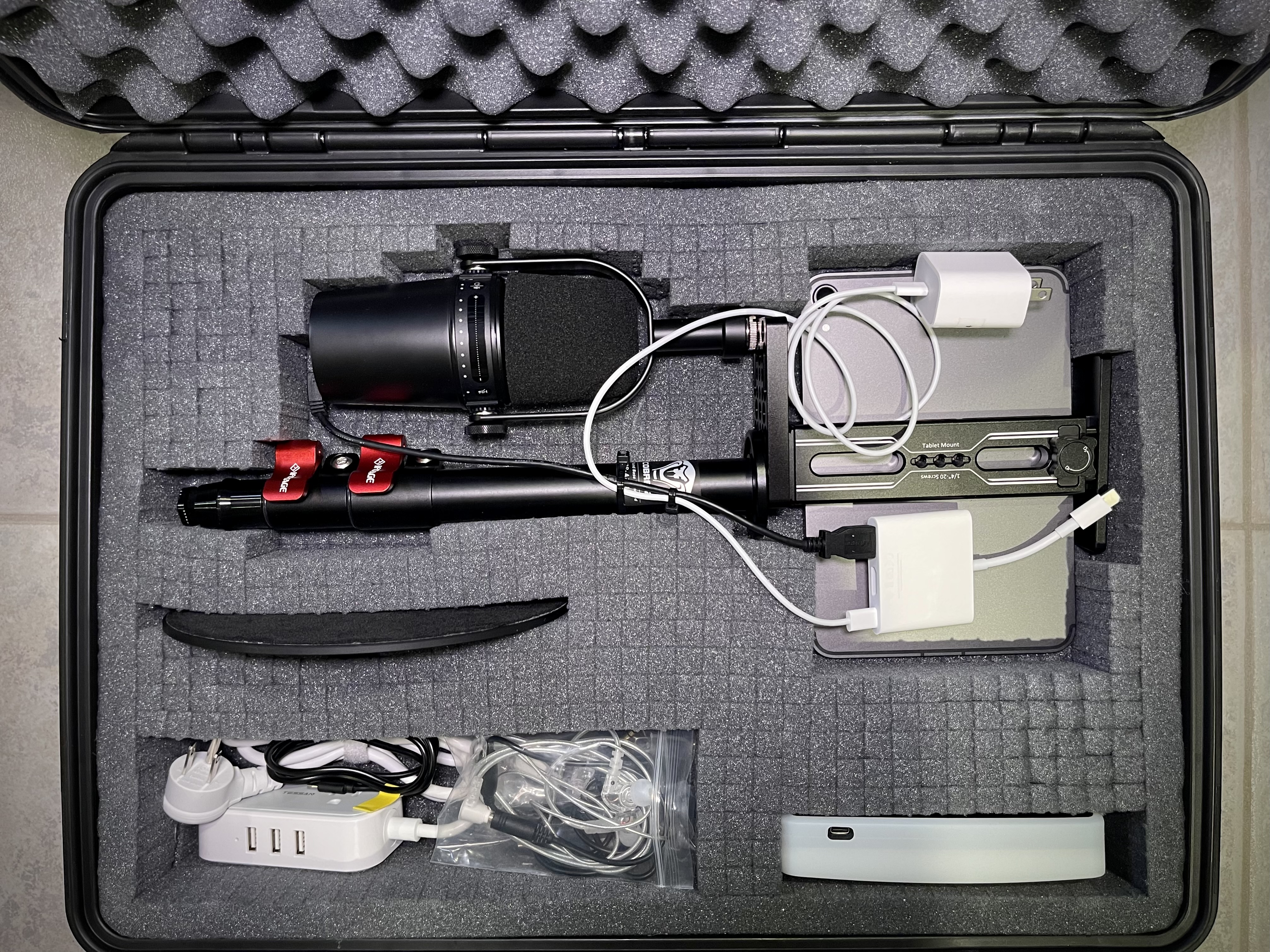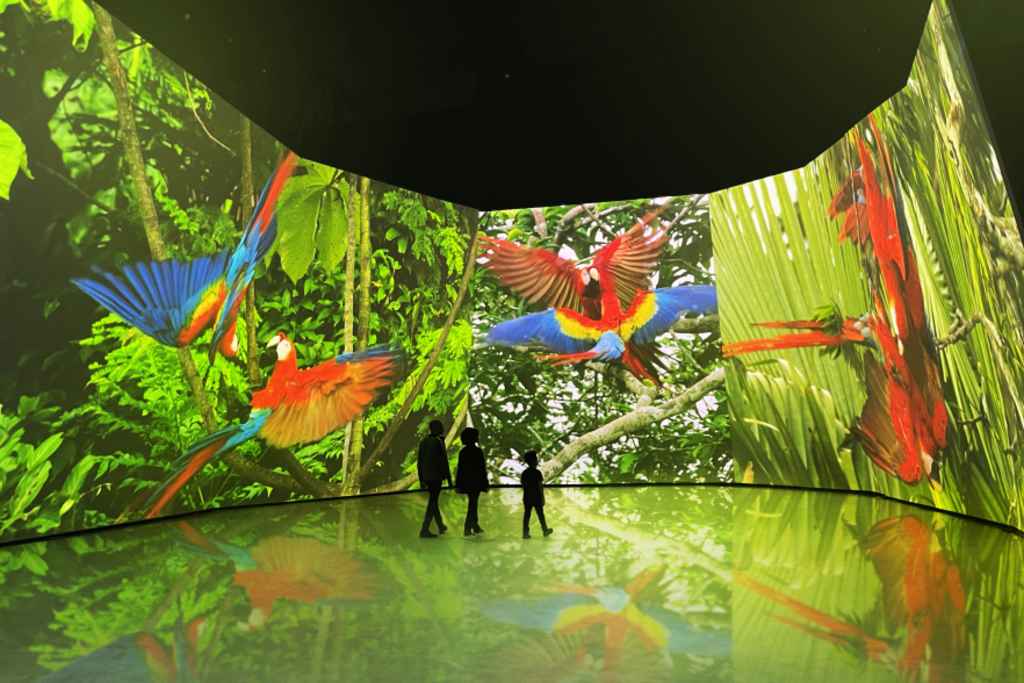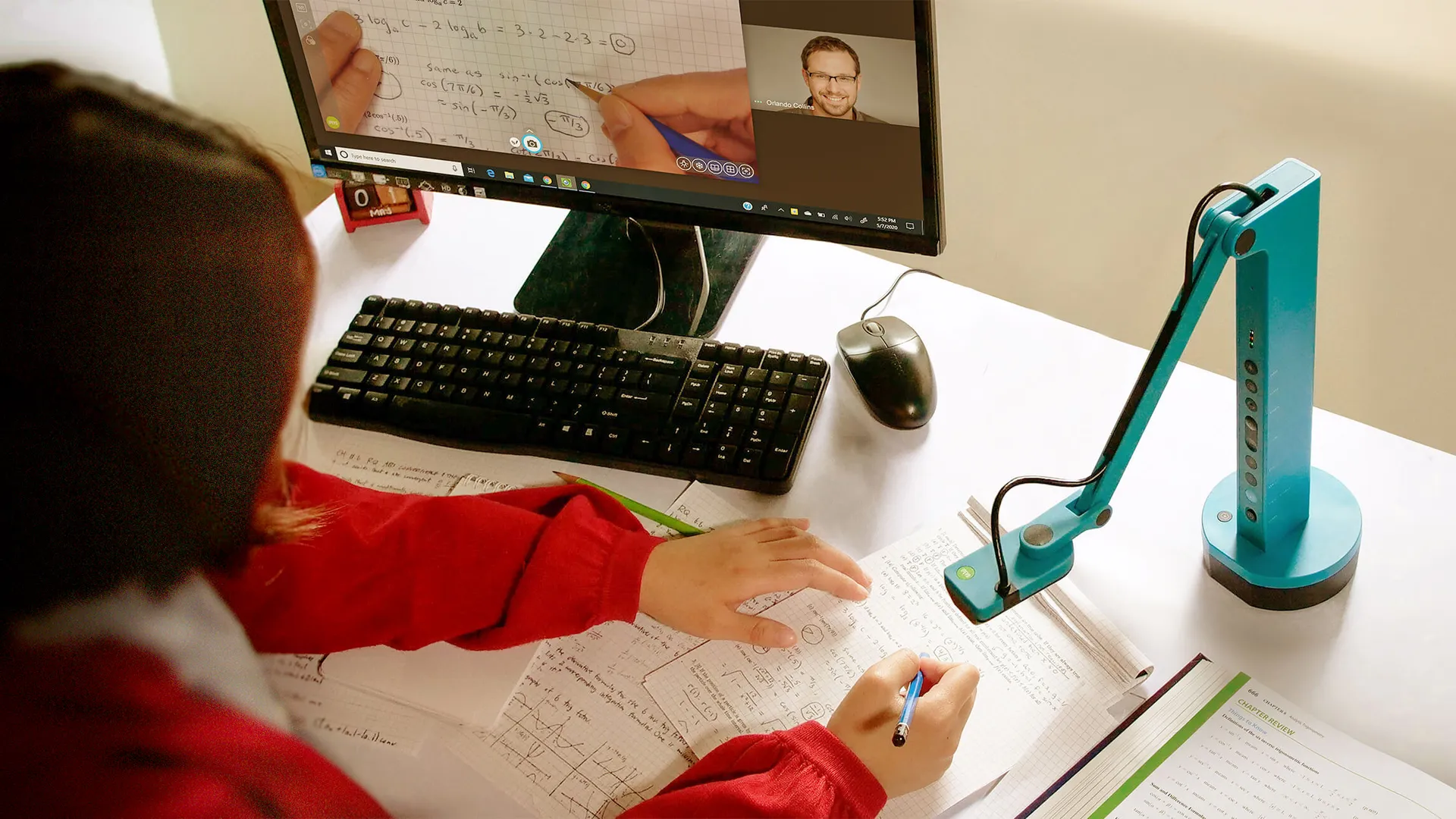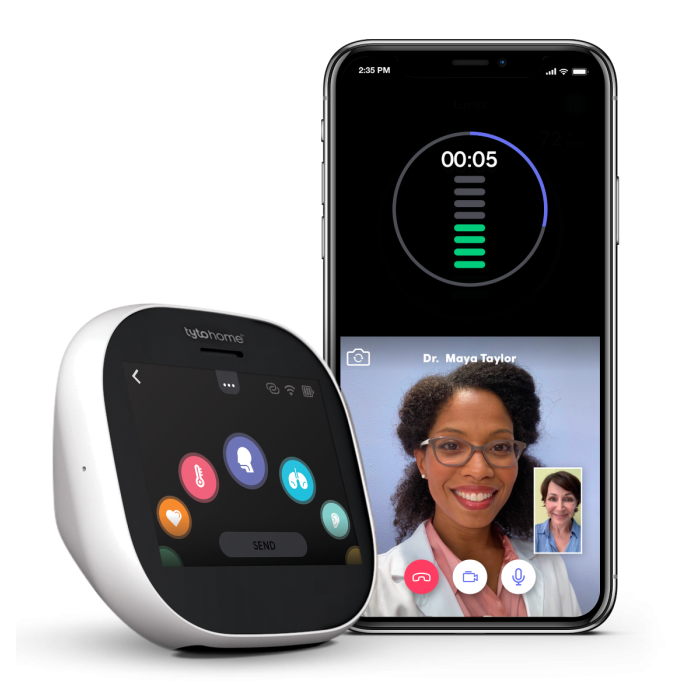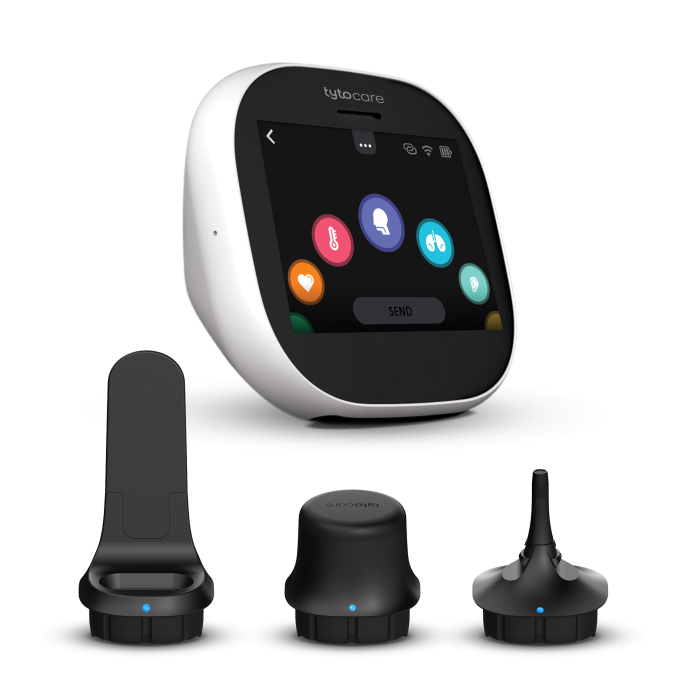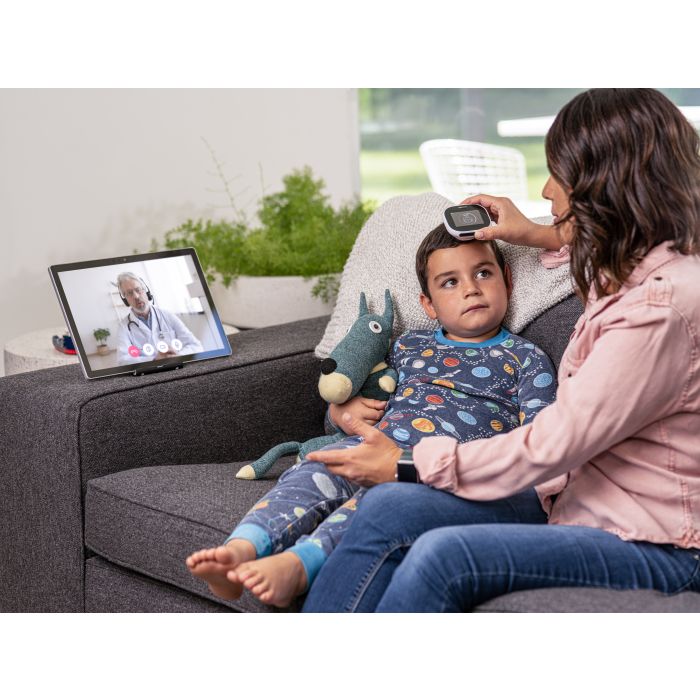AI’s Trillion-Dollar Opportunity — from bain.com by David Crawford, Jue Wang, and Roy Singh
The market for AI products and services could reach between $780 billion and $990 billion by 2027.
At a Glance
- The big cloud providers are the largest concentration of R&D, talent, and innovation today, pushing the boundaries of large models and advanced infrastructure.
- Innovation with smaller models (open-source and proprietary), edge infrastructure, and commercial software is reaching enterprises, sovereigns, and research institutions.
- Commercial software vendors are rapidly expanding their feature sets to provide the best use cases and leverage their data assets.
Accelerated market growth. Nvidia’s CEO, Jensen Huang, summed up the potential in the company’s Q3 2024 earnings call: “Generative AI is the largest TAM [total addressable market] expansion of software and hardware that we’ve seen in several decades.”
And on a somewhat related note (i.e., emerging technologies), also see the following two postings:
Surgical Robots: Current Uses and Future Expectations — from medicalfuturist.com by Pranavsingh Dhunnoo
As the term implies, a surgical robot is an assistive tool for performing surgical procedures. Such manoeuvres, also called robotic surgeries or robot-assisted surgery, usually involve a human surgeon controlling mechanical arms from a control centre.
Key Takeaways
- Robots’ potentials have been a fascination for humans and have even led to a booming field of robot-assisted surgery.
- Surgical robots assist surgeons in performing accurate, minimally invasive procedures that are beneficial for patients’ recovery.
- The assistance of robots extend beyond incisions and includes laparoscopies, radiosurgeries and, in the future, a combination of artificial intelligence technologies to assist surgeons in their craft.
Proto hologram tech allows cancer patients to receive specialist care without traveling large distances — from inavateonthenet.net
“Working with the team from Proto to bring to life, what several years ago would have seemed impossible, is now going to allow West Cancer Center & Research Institute to pioneer options for patients to get highly specialized care without having to travel to large metro areas,” said West Cancer’s CEO, Mitch Graves.
Google just got MASSIVE upgrade
Gemini is now inside Chrome
Here’re 7 Powerful Features you don’t want to miss: pic.twitter.com/XcCypnaKb0
— Poonam Soni (@CodeByPoonam) September 27, 2024
Obviously this workflow works just as well for meetings as it does for lectures. Stay present in the meeting with no screens and just write down the key points with pen and paper. Then let NotebookLM assemble the detailed summary based on your high-level notes. https://t.co/fZMG7LgsWG
— Steven Johnson (@stevenbjohnson) September 26, 2024
Clone your voice in minutes: The AI trick 95% don’t know about — from aidisruptor.ai by Alex McFarland
Warning: May cause unexpected bouts of talking to yourself
Now that you’ve got your voice clone, what can you do with it?
- Content Creation:
- Podcast Production: Record episodes in half the time. Your listeners won’t know the difference, but your schedule will thank you.
- Audiobook Narration: Always wanted to narrate your own book? Now you can, without spending weeks in a recording studio.
- YouTube Videos: Create voiceovers for your videos in multiple languages. World domination, here you come!
- Business Brilliance:
- Customer Service: Personalized automated responses that actually sound personal.
- Training Materials: Create engaging e-learning content in your own voice, minus the hours of recording.
- Presentations: Never worry about losing your voice before a big presentation again. Your clone’s got your back.
185 real-world gen AI use cases from the world’s leading organizations — from blog.google by Brian Hall; via Daniel Nest’s Why Try AI
In a matter of months, organizations have gone from AI helping answer questions, to AI making predictions, to generative AI agents. What makes AI agents unique is that they can take actions to achieve specific goals, whether that’s guiding a shopper to the perfect pair of shoes, helping an employee looking for the right health benefits, or supporting nursing staff with smoother patient hand-offs during shifts changes.
In our work with customers, we keep hearing that their teams are increasingly focused on improving productivity, automating processes, and modernizing the customer experience. These aims are now being achieved through the AI agents they’re developing in six key areas: customer service; employee empowerment; code creation; data analysis; cybersecurity; and creative ideation and production.
…
Here’s a snapshot of how 185 of these industry leaders are putting AI to use today, creating real-world use cases that will transform tomorrow.
AI Data Drop: 3 Key Insights from Real-World Research on AI Usage — from microsoft.com; via Daniel Nest’s Why Try AI
One of the largest studies of Copilot usage—at nearly 60 companies—reveals how AI is changing the way we work.
- AI is starting to liberate people from email
- Meetings are becoming more about value creation
- People are co-creating more with AI—and with one another
*** Dharmesh has been working on creating agent.ai — a professional network for AI agents.***
Speaking of agents, also see:
Onboarding the AI workforce: How digital agents will redefine work itself — from venturebeat.com by Gary Grossman
AI in 2030: A transformative force
- AI agents are integral team members
- The emergence of digital humans
- AI-driven speech and conversational interfaces
- AI-enhanced decision-making and leadership
- Innovation and research powered by AI
- The changing nature of job roles and skills
AI Video Tools You Can Use Today — from heatherbcooper.substack.com by Heather Cooper
The latest AI video models that deliver results
AI video models are improving so quickly, I can barely keep up! I wrote about unreleased Adobe Firefly Video in the last issue, and we are no closer to public access to Sora.
No worries – we do have plenty of generative AI video tools we can use right now.
- Kling AI launched its updated v1.5 and the quality of image or text to video is impressive.
- Hailuo MiniMax text to video remains free to use for now, and it produces natural and photorealistic results (with watermarks).
- Runway added the option to upload portrait aspect ratio images to generate vertical videos in Gen-3 Alpha & Turbo modes.
- …plus several more
Advanced Voice is rolling out to all Plus and Team users in the ChatGPT app over the course of the week.
While you’ve been patiently waiting, we’ve added Custom Instructions, Memory, five new voices, and improved accents.
It can also say “Sorry I’m late” in over 50 languages. pic.twitter.com/APOqqhXtDg
— OpenAI (@OpenAI) September 24, 2024









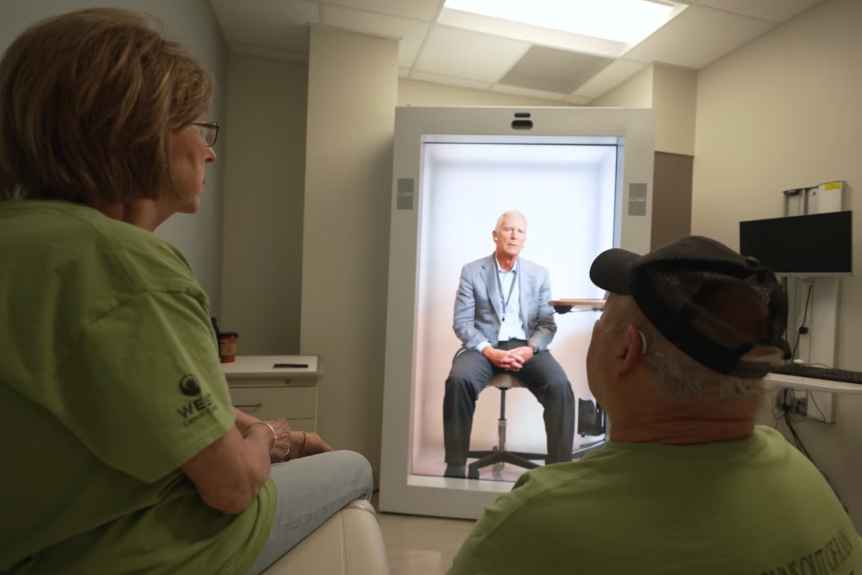
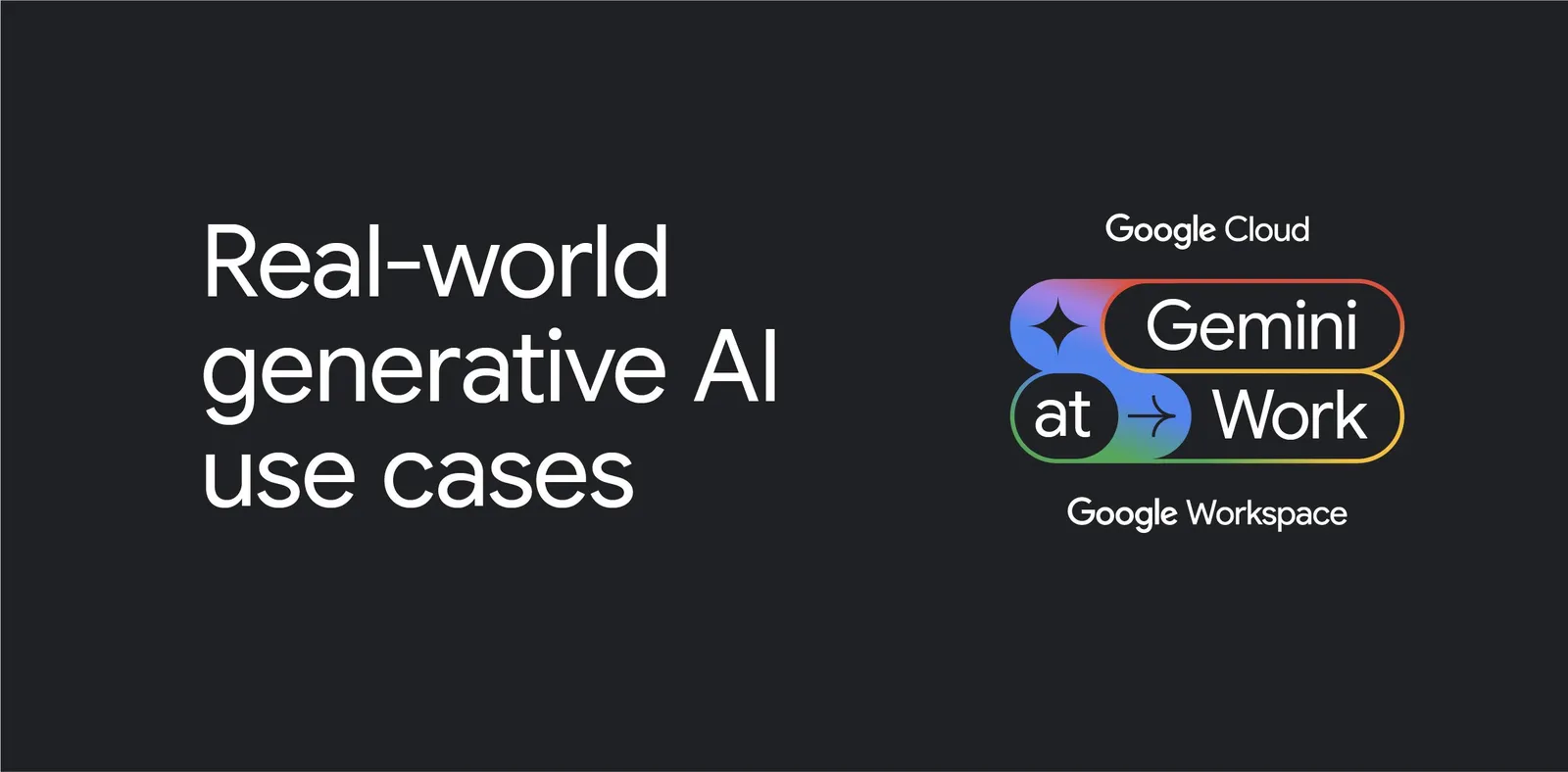
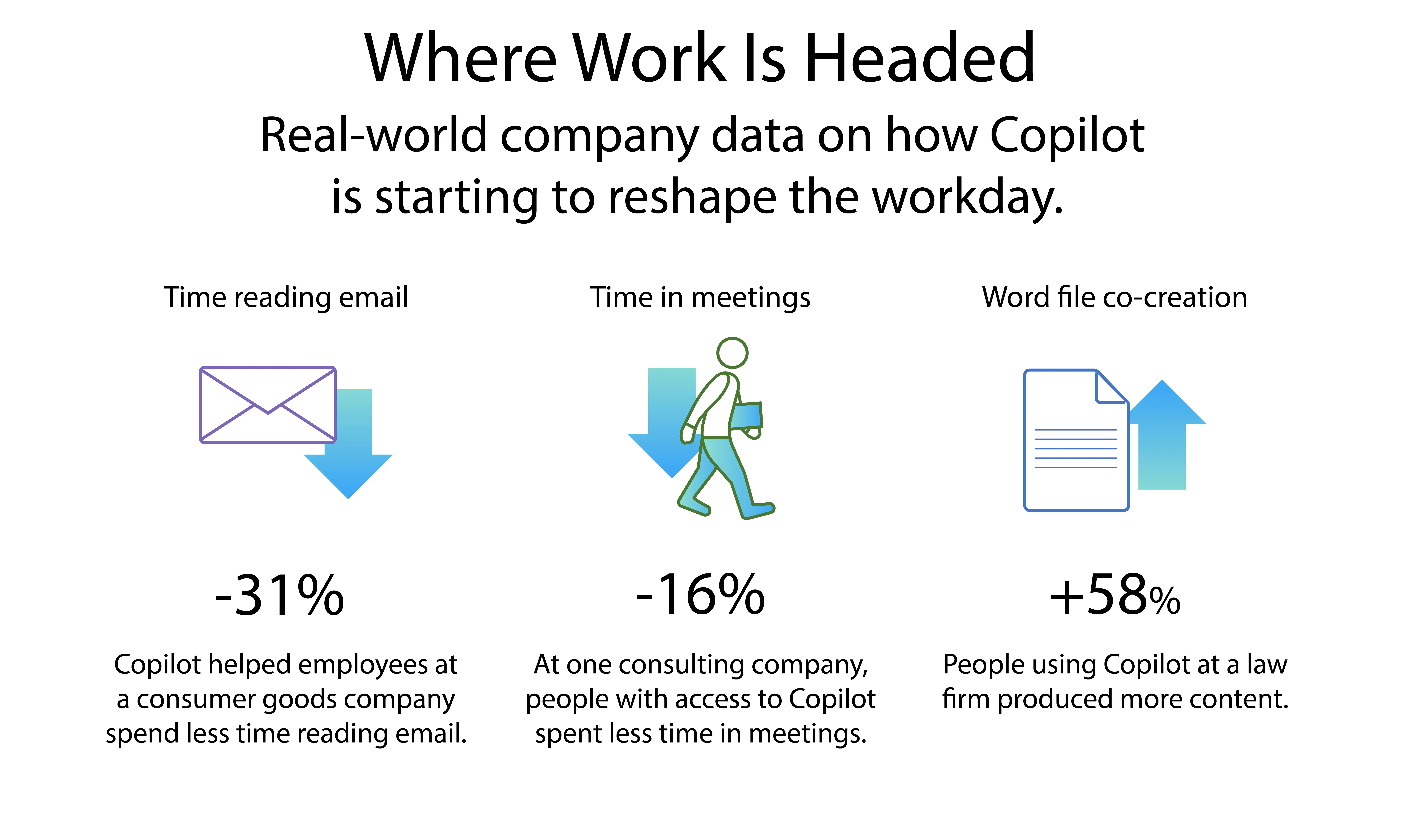
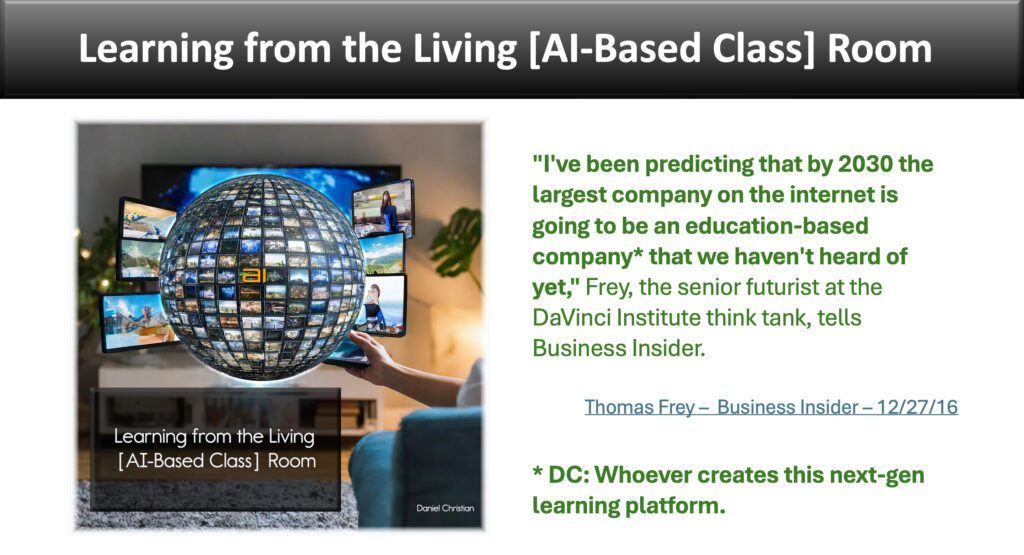
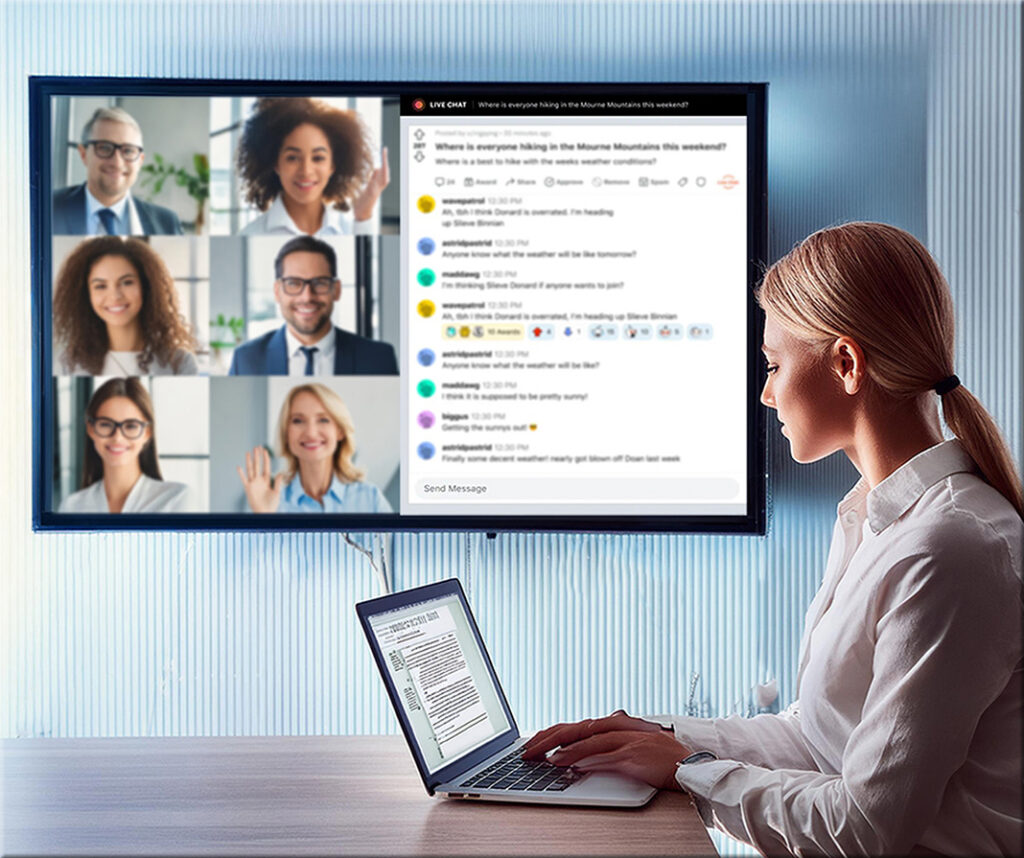


![Teachers are the least empowered, most[-]disrespected, stressed and burned-out of all professions in the U.S. IMAGED CREATED BY DALL-E FOR BRANDON BUSTEED](https://imageio-forbes-com.cdn.ampproject.org/i/s/imageio.forbes.com/specials-images/imageserve/65d8b0ac957e1304a58aea38/Teacher/960x0.png?height=711&width=711&fit=bounds)
